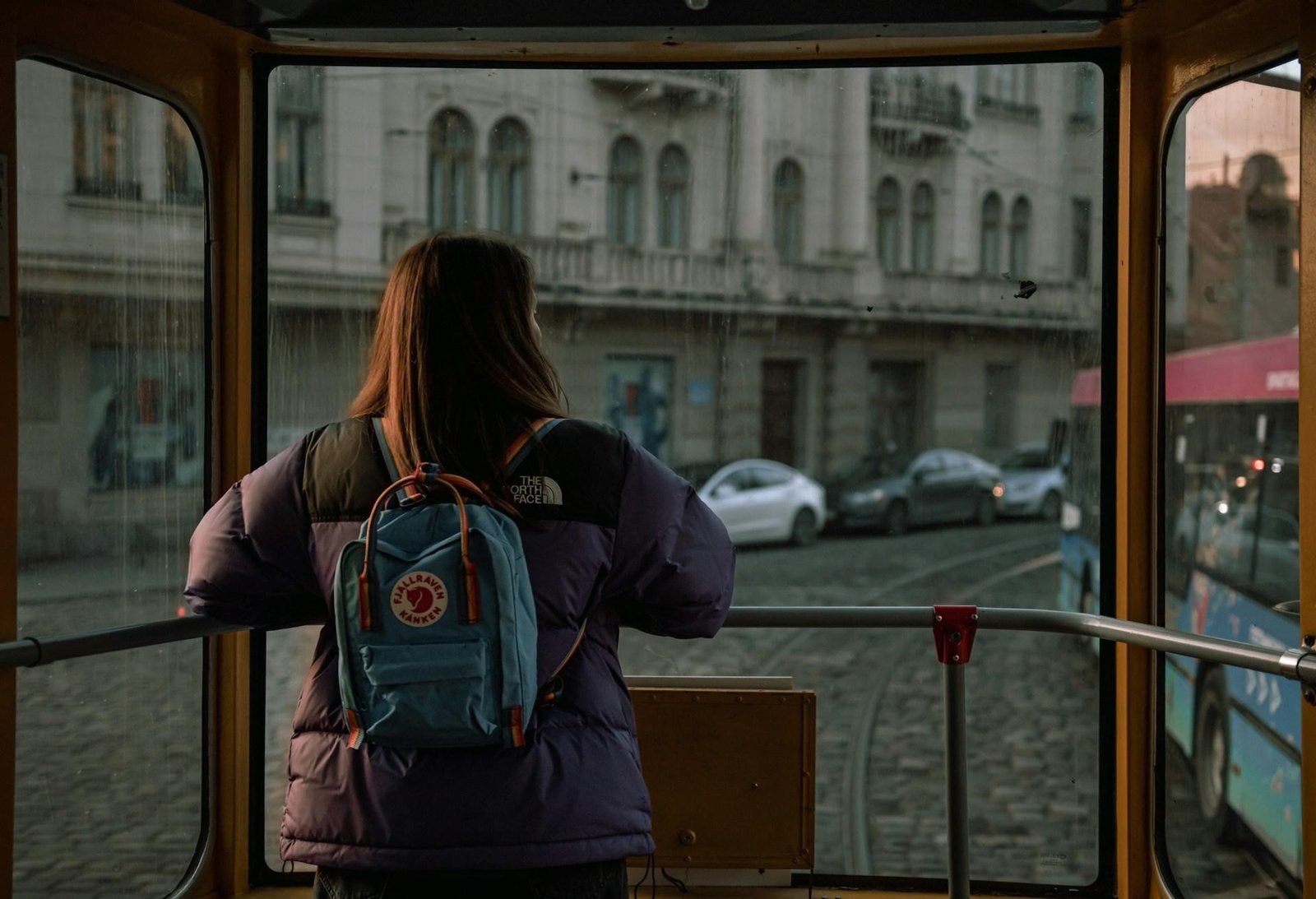
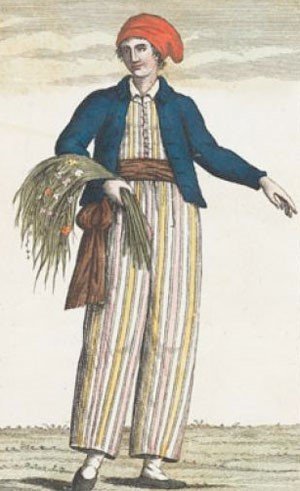
In an era when women were barred from such exploits, Jeanne Baret disguised herself as a man and set sail with the French explorer Louis Antoine de Bougainville’s expedition in 1766. As a botanist, she collected plant specimens from South America and the Pacific Islands, surviving harsh conditions and the ever-present risk of discovery. Eventually, her identity was revealed, but her contributions to botany were undeniable. She became the first woman to travel around the world, a journey she embarked on in defiance of gender restrictions.
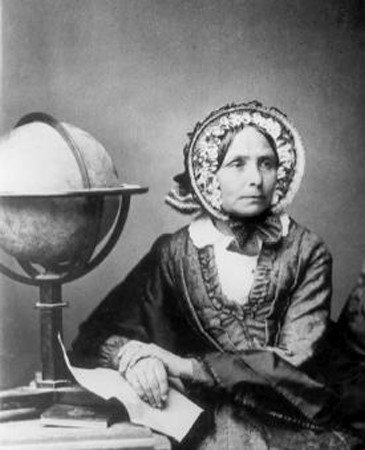
A Viennese woman with an insatiable thirst for adventure, Ida Pfeiffer set off on her first journey in her forties, disobeying the societal norms that dictated a woman’s place was at home. She journeyed alone through the Middle East, India, Indonesia, and even the Arctic. Her travelogues became bestsellers, motivating generations of women to embrace adventure.
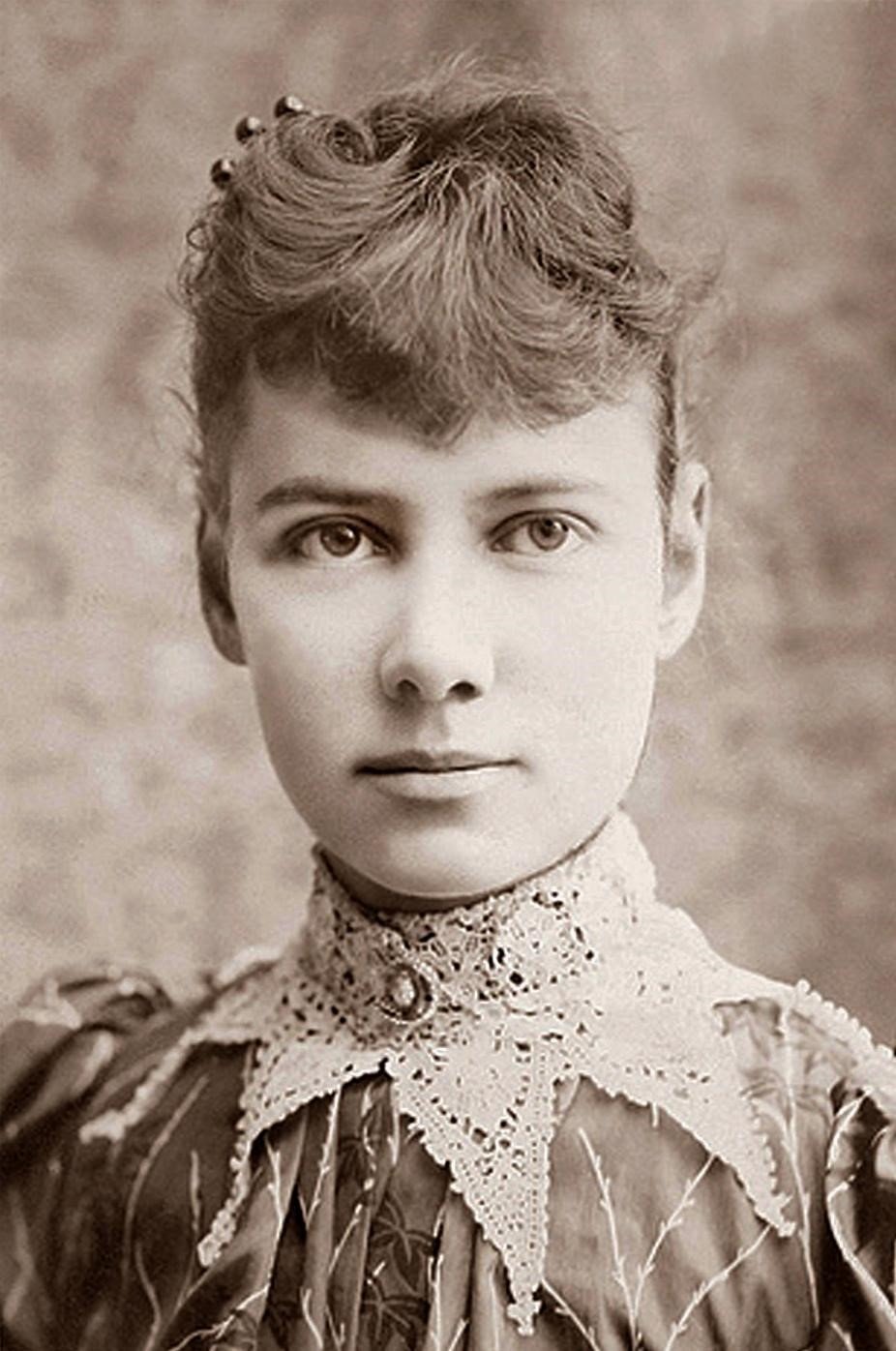
Journalist Nellie Bly turned fiction into reality when she set out to beat the unreal record in Jules Verne’s Around the World in Eighty Days. She travelled solo and completed her journey in 72 days, setting a world record. Her stunt demonstrated the power of female resilience and challenged perceptions about women’s capabilities in an era when they were expected always to stay close to home.
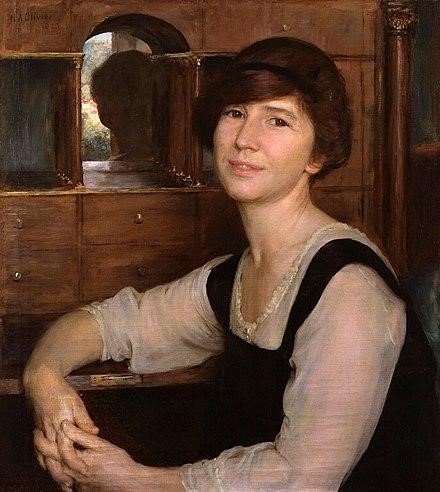
At a time when women rarely travelled alone, Freya Stark journeyed deep into the Middle East, mapping unknown territories of Iran and Yemen. She travelled alone, often into regions where no Western woman had set foot before. Freya wrote over 20 books documenting her experiences, conveying stories of the East to Western audiences. She famously declared, “To awaken alone in a strange town is one of the most pleasant sensations in the world.” Her work redefined the role of women in exploration.
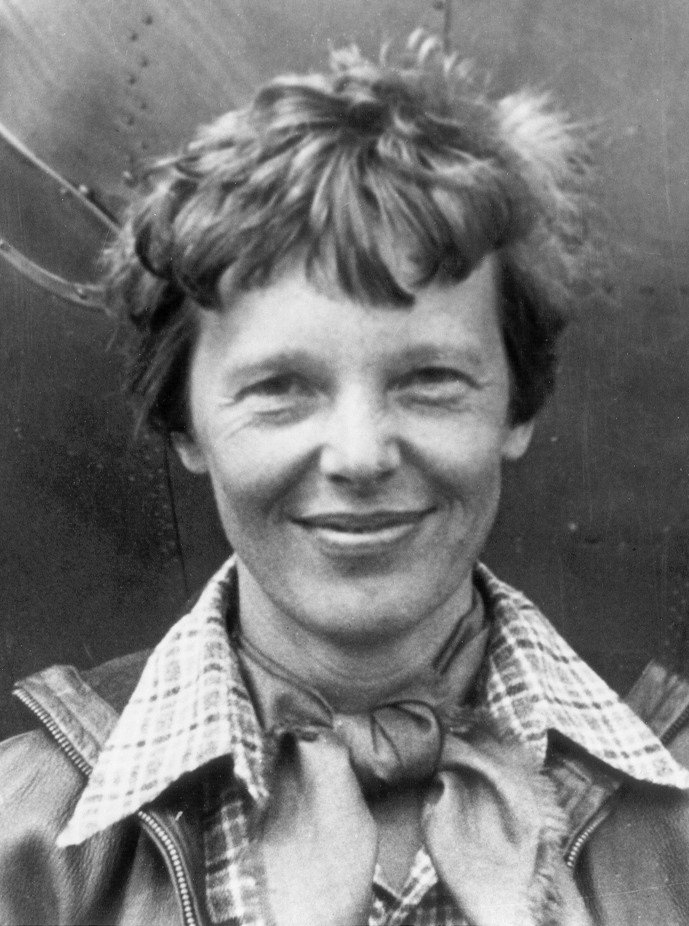
No list of solo female adventurers would be complete without Amelia Earhart. In 1932, she became the first woman to fly solo across the Atlantic, defying expectations and setting records. Her attempt to fly around the world in 1937 ended in mystery when her plane disappeared, but her legacy remains a symbol of fearless ambition. Earhart’s words continue to inspire generations of women: “The most effective way to do it is to do it.”
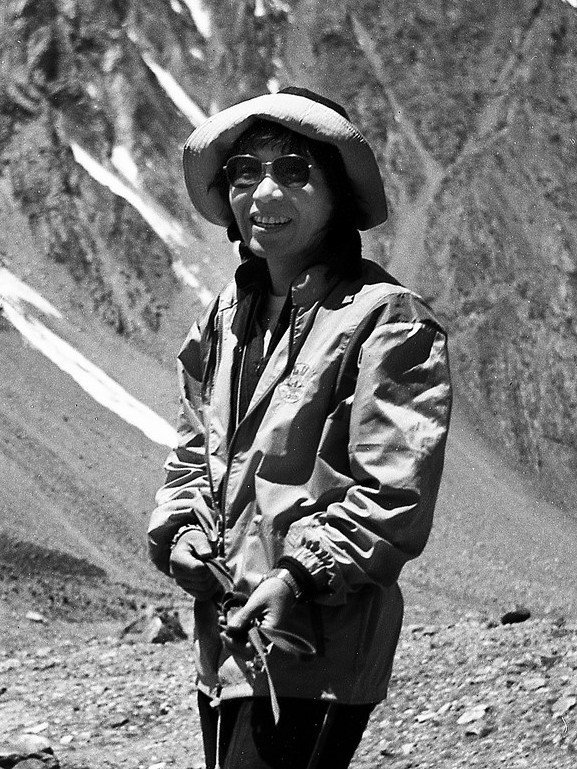
A mountaineering pioneer, Junko Tabei became the first woman to summit Mount Everest in 1975. Facing prejudice in a male-dominated sport, she founded Japan’s first women’s climbing club and continued to climb peaks worldwide. Her philosophy was simple yet powerful: “Do not give up. Keep on your quest.”
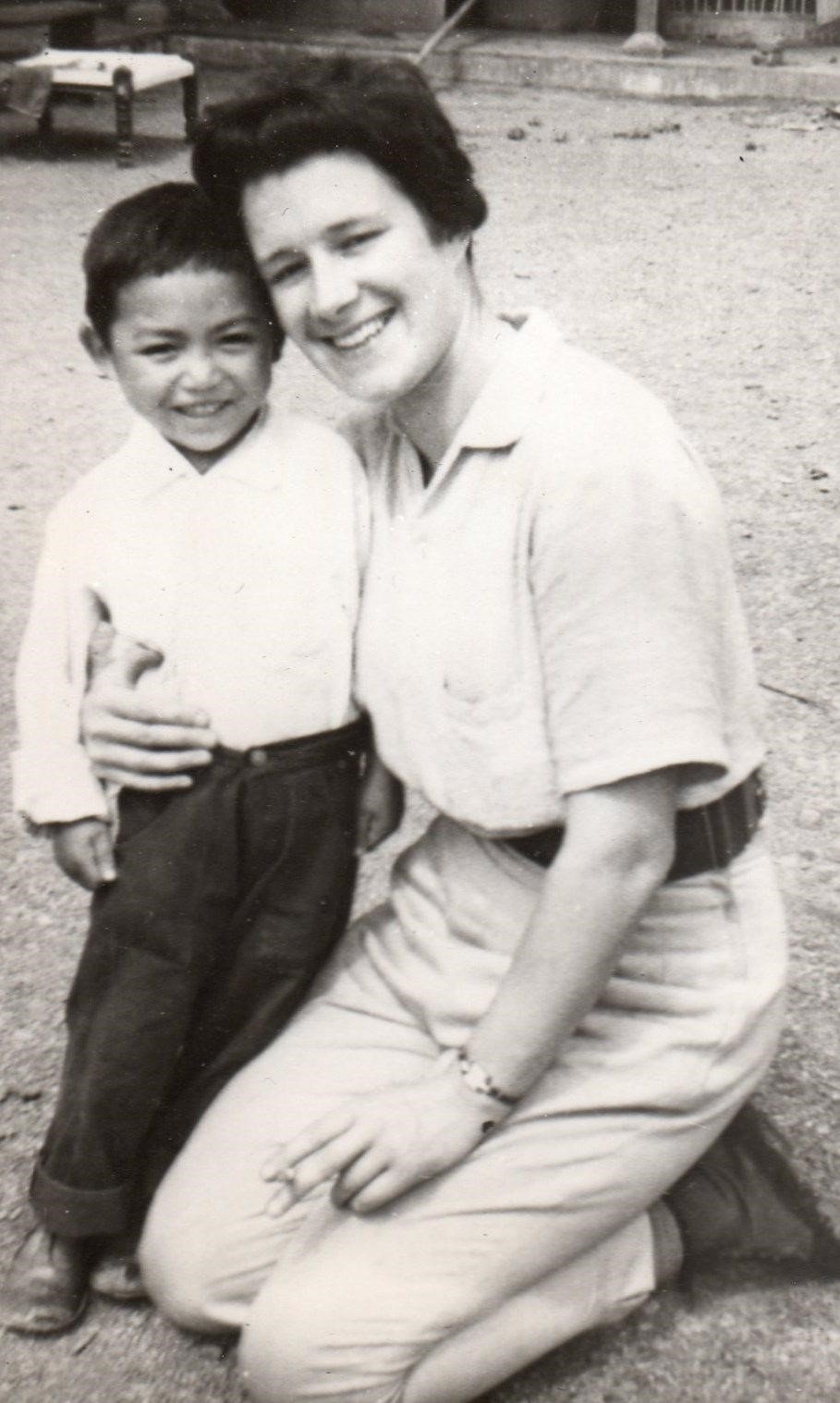
With just a bicycle and a pistol for protection, Dervla Murphy rode solo from Ireland to India in 1963, writing about her experiences in Full Tilt: Ireland to India with a Bicycle. Preferring to travel light and unassisted, she continued her travels across Africa, South America, and beyond. Dervla’s journeys proved that adventure does not require luxury or elaborate plans—just determination and an open heart.
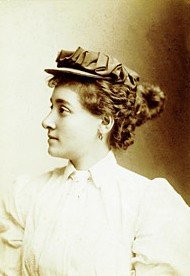
In 1894, Annie Londonderry took on a wager that a woman could not circumnavigate the globe on a bicycle. With no experience in long-distance cycling, she set off alone, financed her trip through advertisements on her bicycle, and completed the journey in 15 months. Her story was one of grit, reinvention, and financial independence—qualities that inspire female travellers today.
What drives women to travel alone? The reasons vary, and they can be curiosity, freedom, or the desire to break barriers—but the impact remains the same. These pioneering women carved paths where none existed, proving that travel is not limited by gender. Today, with initiatives like women-only travel groups, female explorers continue to thrive, embracing the legacy left by their predecessors.